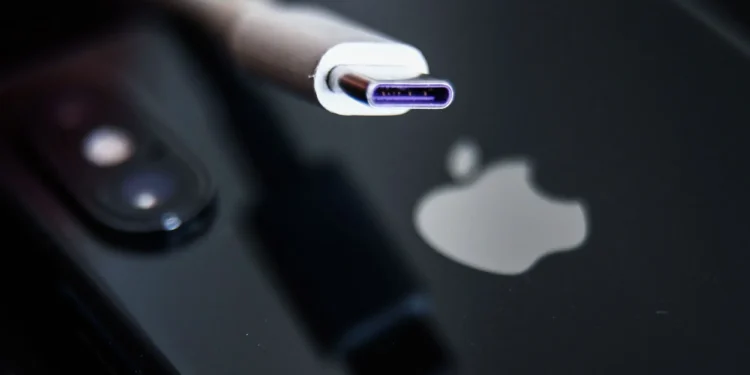In a significant stride towards technological standardization, the European Union has officially implemented the Common Charger Directive, signalling the end of the chaotic era of multiple charging devices. This groundbreaking regulation mandates USB-C as the universal charging interface for a wide range of electronic devices, including mobile phones, tablets, and digital cameras across all EU member states.
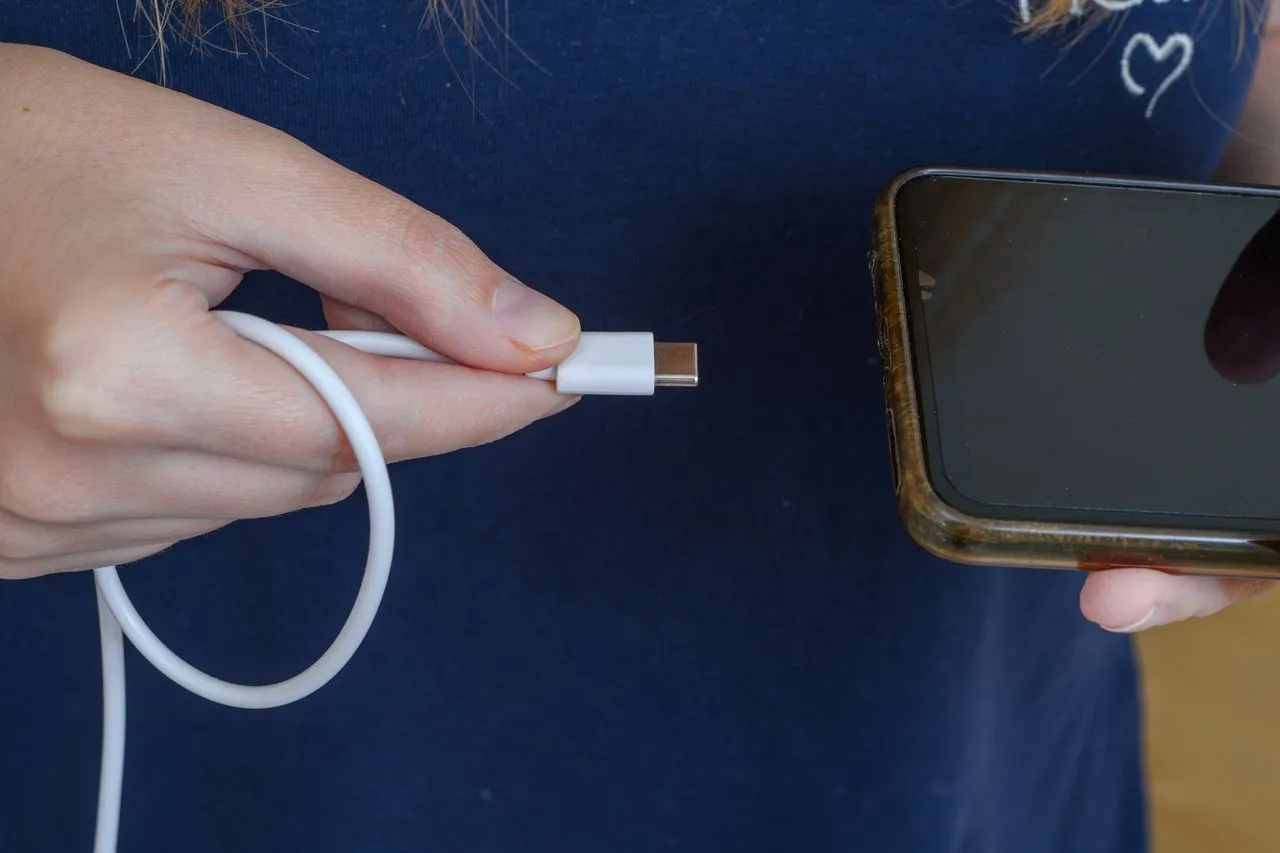
A Greener Future Through Standardization
For years, consumers have navigated a frustrating labyrinth of incompatible chargers and ports for their electronic devices. The adoption of the Common Charger Directive, which was ratified over two years ago, aims to simplify this scenario, enhancing user convenience and reducing electronic waste.
As of now, the directive covers an extensive list of devices such as headphones, game consoles, portable speakers, e-readers, and even portable navigation systems. Regrettably, some products like electric toothbrushes and hair clippers remain outside the scope of this directive, although there is potential for future revisions to encompass a broader array of devices.
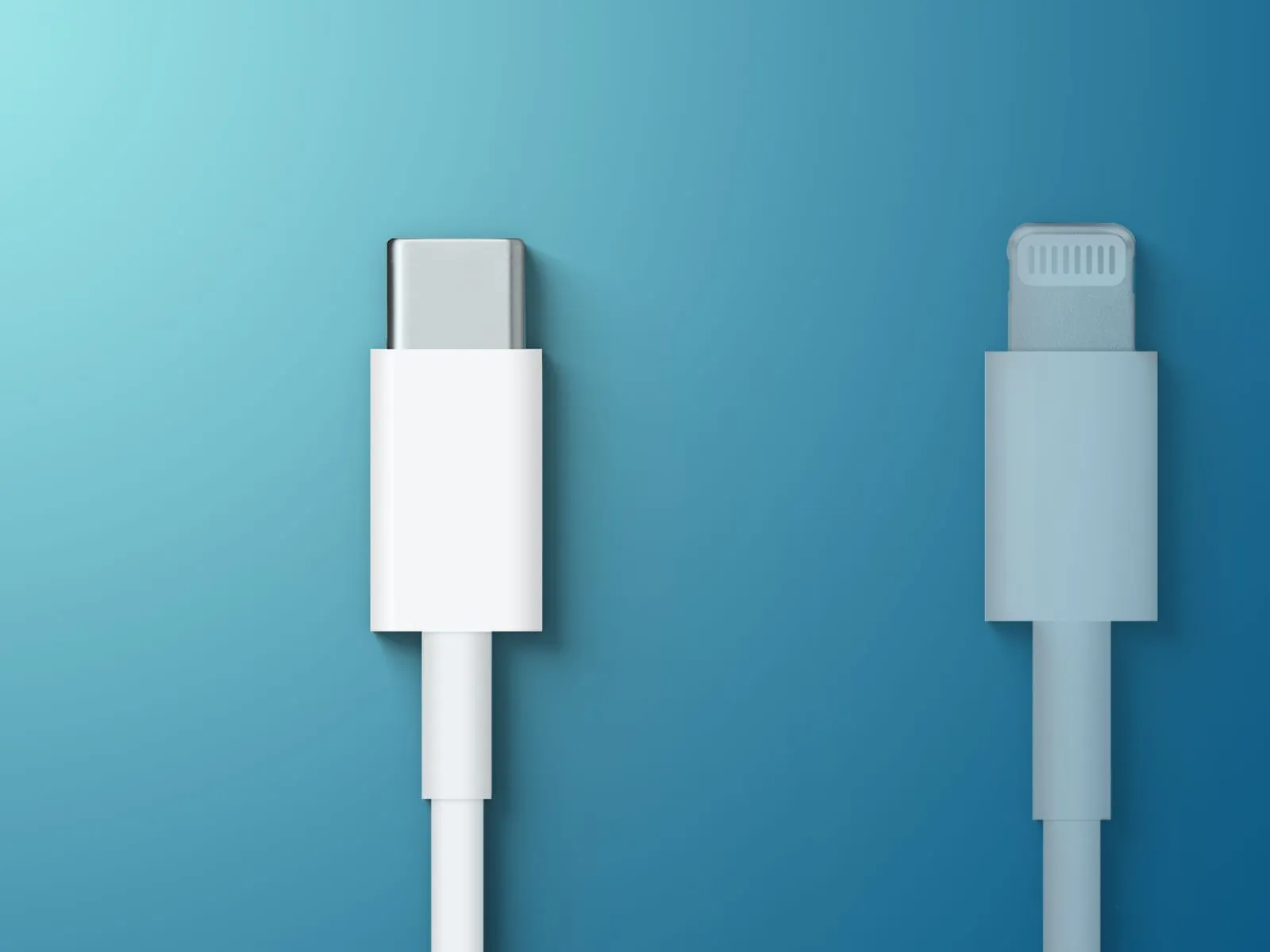
What This Means for Consumers and Manufacturers
The European Commission highlights a compelling environmental benefit of this directive: the significant reduction in electronic waste. Annually, discarded and unused chargers contribute approximately 11,000 tonnes of e-waste. By unifying charging systems, the EU not only simplifies technology but also furthers its environmental commitments.
Looking ahead, the EU plans to expand this initiative. Future efforts may include standardizing the cables provided with devices and eventually setting a universal standard for wireless charging technologies. Such advancements will continue to streamline consumer electronics and reduce waste, enhancing both usability and sustainability.
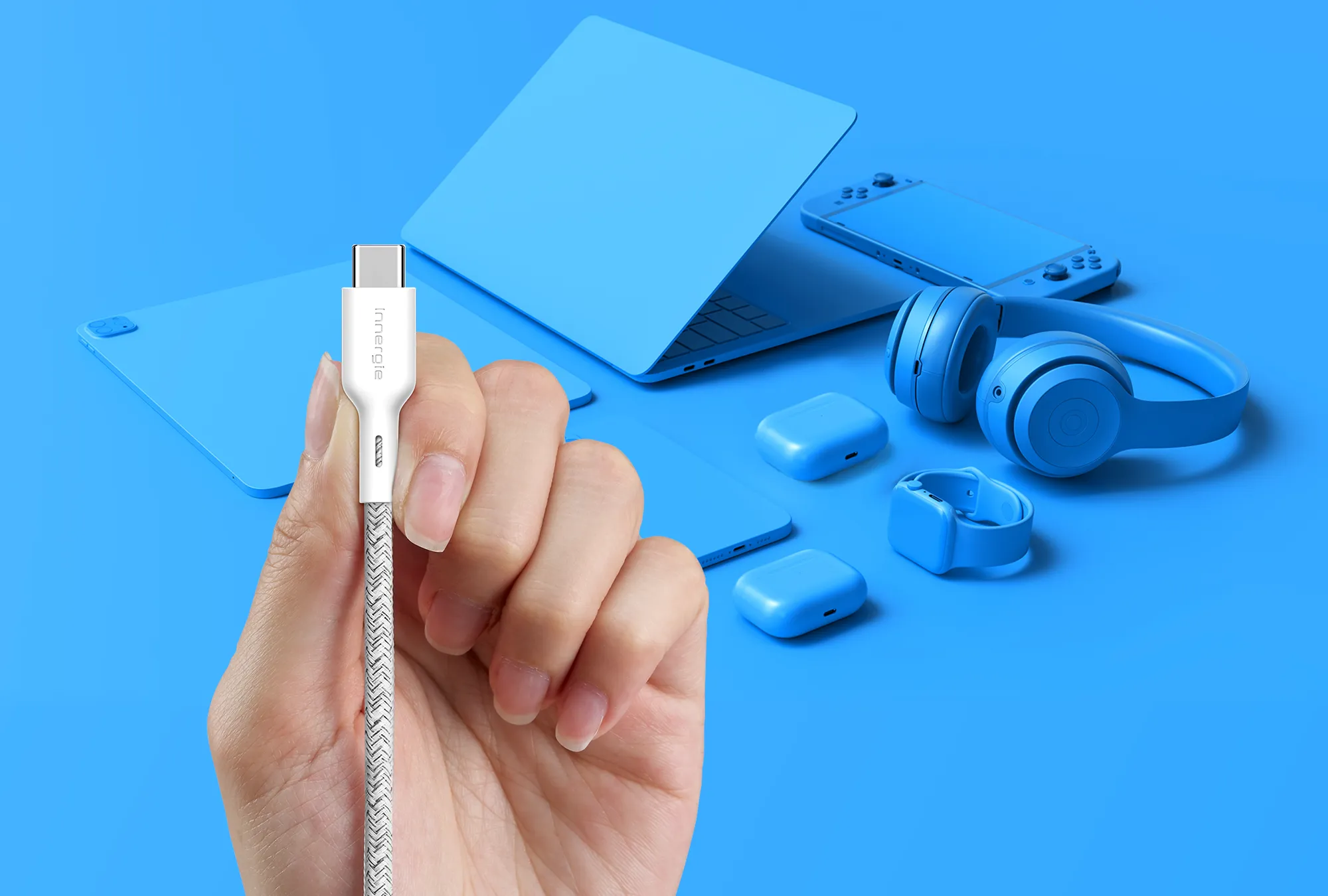
Market Impact and Consumer Deals
For consumers, the shift to a universal charger means a more straightforward, cost-effective, and environmentally friendly way to manage their electronic devices. Gone are the days of carrying multiple chargers or scrambling to find the right one. The standardization allows for easier connectivity and potentially faster innovation in device design and functionality.
Manufacturers have been given a transition period to update their product designs to comply with the new regulations. By April 28, 2026, even laptops must adopt USB-C ports, marking a complete shift towards a common charging standard. This directive not only influences European markets but also sets a precedent that could inspire global changes, promoting efficiency and sustainability on a worldwide scale.
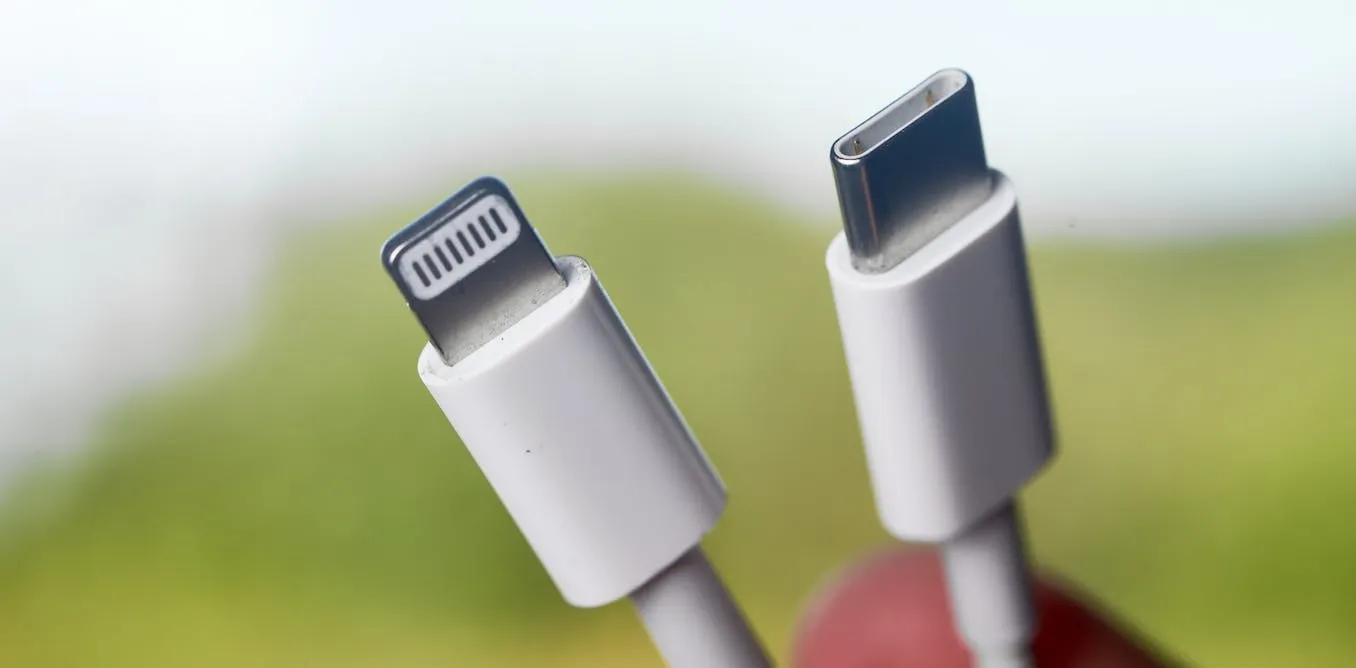
As markets adjust to this new standard, manufacturers and retailers are already rolling out attractive deals to encourage the adoption of USB-C technology. For instance, Anker offers a bundle of two 20W chargers with USB-C cables for just $18.99 on Amazon in the US. Meanwhile, European consumers can snag a 20W UGREEN charger for a mere 9.99 euros on Amazon.de, reflecting a 25% discount, although these offers do not include cables.
This directive not only represents a shift in technology but also a significant cultural and environmental shift. As the EU leads with this innovative directive, it sets the stage for a future where electronic accessories are simpler, more universal, and environmentally friendly. The standardization of charging ports is a testament to the EU’s commitment to consumer convenience and ecological responsibility.

